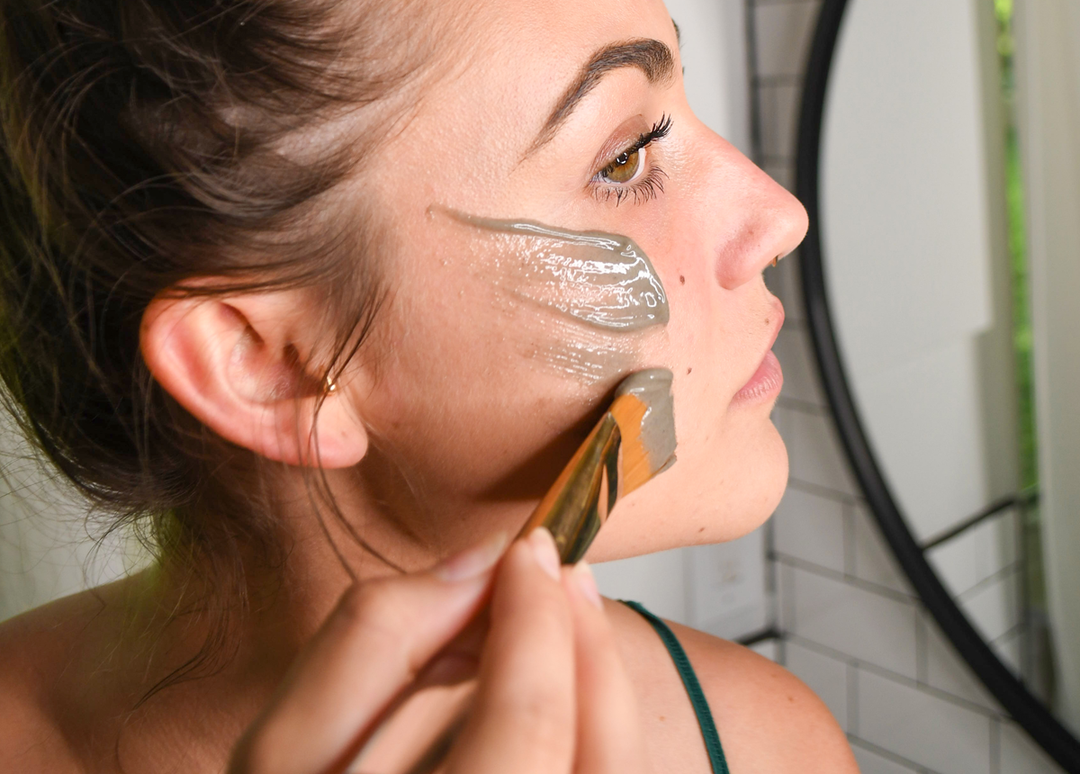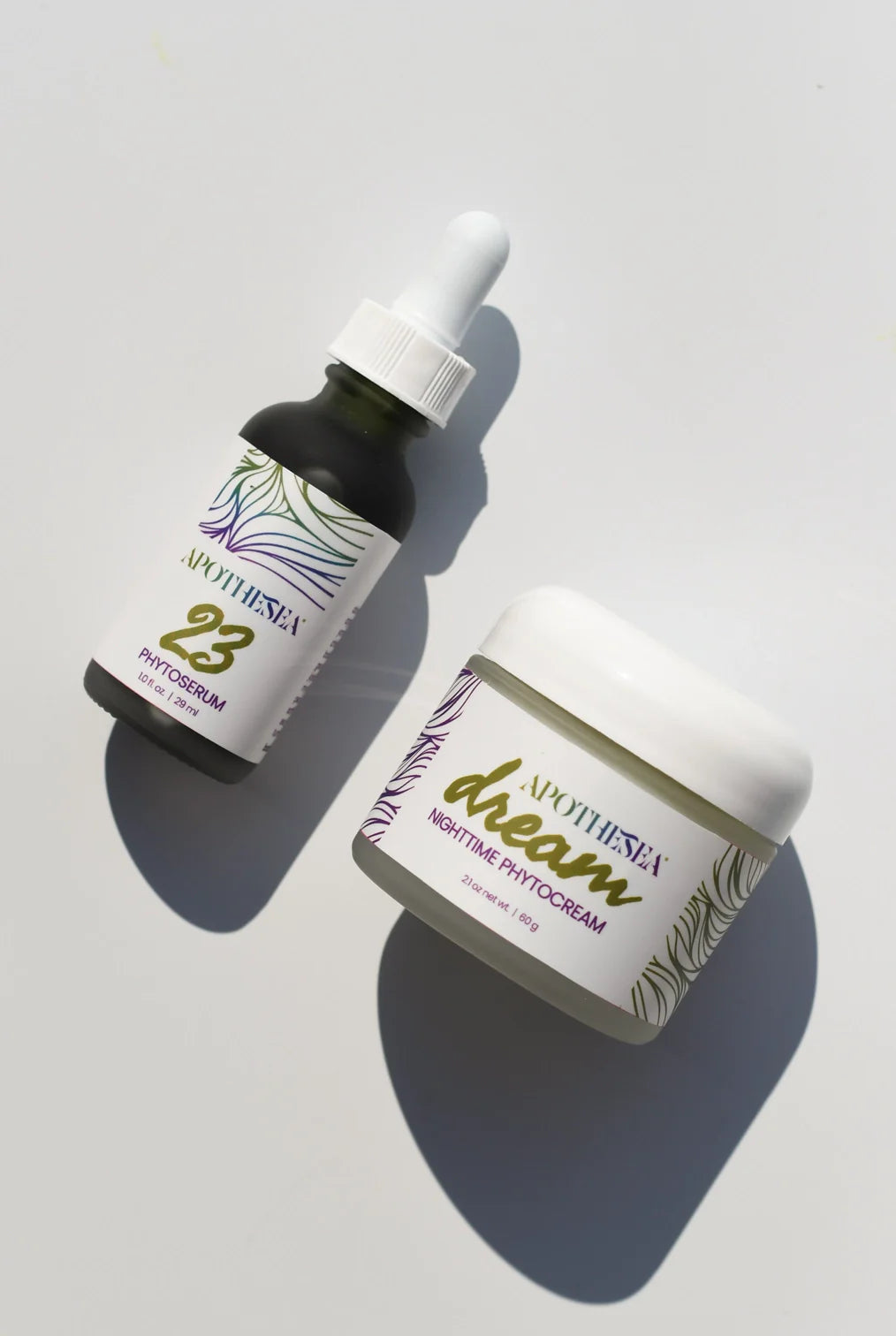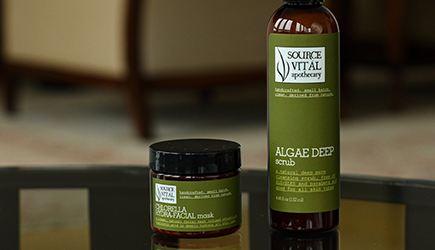Will Summer Tanning Damage Your Skin?
Your “Base Tan” May be More Damaging Than You Think
The short answer is YES! The risk of skin cancer and premature again are the biggest concerns, but for many, the lure of looking like you just got back from an exotic beach vacation outweigh the obvious health impacts.
The concept of getting a summer “base tan” has become one of those commonly believed truths, like an urban legend of skin care. According to believers, by getting a strong tan in the beginning of the summer, it can prevent your skin from burning later in the summer.
As fans of responsible skin care, our team at Source Vitál was curious to learn whether or not the idea of a “base tan” is truly legitimate. Does it really keep painful, blistering sunburns at bay as the summer progresses? Is it safe at all? After some research, we decided it was time to debunk the “base tan” myth.
What Happens to Your Skin When You Tan

If you typically seek out the sun’s rays in your backyard before your next beachy vacation in the hopes of preventing a more severe burning, we’ve got some bad news for you. As it turns out, there is no safe amount of tanning, and that includes what you thought would be a seemingly harmless “base tan.” We repeat, THERE IS NO SAFE AMOUNT OF TANNING!
Unfortunately, too many people assume that tanning is okay as long as your skin doesn’t burn, as if it’s only the extreme degree of burning that significantly increase your chances of developing skin cancer. While it’s true that skin cancer is most often associated with sunburns, tanning comes with its own set of dangers, and it can also lead to skin cancer and other unwanted skin issues such as the development of discoloration, dry and thin-looking skin, inflammation and the appearance of advanced aging.
- As the ultraviolet (UV) rays emitted by the sun pierce your epidermis (the top layer of the skin), your body begins to release more melanin.
- This increased melanin darkens the outer layers of your skin to protect against additional UV damage.
- But while this may provide some protection, it does not protect against skin cancer, sun damage, or premature aging.
In fact, even though the higher melanin content in your skin can help protect you from topical burning, it won’t prevent the skin from the damaging effects of UV exposure. This is the same for any skin tone. Lighter skin is most susceptible and burns faster but even darker skin tones need physical protection from the potential risk of sun exposure.
Tanning and Aging

When you spend too much time out in the sun, UV rays pass into the deeper layers of our skin where they can harm our skin cells. This process of killing off healthy skin cells interferes with the body’s ability to produce new, healthy cells. We need healthy cells to keep our body functioning at its highest level and to keep our skin looking youthful.
It can be easy to forget that UV rays are free radicals. Just like with other free radicals, pollution, dirt, grime, smoke and lifestyle factors like poor diet, protecting your skin from free radical damage is one of the most effective ways to fight the signs of aging and promote a healthy complexion.
In addition to being dangerous to your health, excess UV exposure – which compounds the longer you tan throughout your life - significant impacts the appearance of your skin. Common signs of too much sun exposure include:
- New freckles or moles
- Discoloration
- Fine lines & wrinkles
- Benign tumors
- Pre-cancerous & cancerous skin lesions
- Reduced skin elasticity
- Dilated blood vessels
- Rough skin texture
Simply put, you accumulate sun damage over your lifetime, and the more time you spend out in the sun unprotected, the more compromised your skin becomes, which leads to increased signs of aging and chances of developing skin cancer.
Protect Your Skin

Remember this bit of wisdom: prevention is easier than correction. Often, prevention isn’t just easier, it is typically less expensive than correction too. Making this a guiding principle to your skin care routine will save you time and money in the long run.
One of the best ways to keep your skin looking its best, for as long as possible, is to avoid excessive sun exposure. This includes:
- Applying and reapplying sunscreen daily – we recommend wearing a natural sunscreen with SPF 30 or higher on your face and any skin that receives daily sun exposure, like the hands or chest
- Covering up with hats or long sleeves when possible
- Wearing sunglasses to protect your eyes and their delicate surrounding skin
- Avoiding direct sun exposure during peak times (10am-4pm)
How to treat a Sunburn
If you find yourself with a bad sunburn, here are a few pointers from our friend's at the Fat Mascara podcast the will help to relieve the discomfort of a fresh burn.
-
Pop some Ibuprofen to lessen the inflammation. In this case, it is more about helping the body deal with the inflammation associated with the burn rather than eliminating the pain.
-
Water, water and more water. Your barrier has been compromised so replacing water loss is very important. You may also need to supplement with liquids packed with electrolytes. We suggest staying away from anything that also includes lots of sugar.
-
Milk bath or compress. The lactic acid and proteins in the milk help to soothe the skin and further calm down inflammation. Combine one part cool milk with one part lukewarm water. either soak a towel or washcloth and place on top of the affected area or sit in a bath with this mixture for 10-15 minutes.
Another great tip from Jess and Jen, avoid topical creams and products containing petrolatum, as it will create a barrier on the skin that traps the heat in. It is important to remember that while these techniques help to mitigate the symptoms of a sunburn, they will not be able to undo any longterm effects from sun exposure.
Instead of worshiping the sun, try worshiping your skin and body with a few self-care rules that will keep you looking and feeling healthy.
Nix the base tan, and opt for a great natural sunblock. And the great thing is, you don’t actually have to sacrifice the look of a golden tan, there are lots of natural and effective self-tanners of the market. The days of unnatural-looking, streaky formulas are over. Your skin will thank you later!








Leave a comment